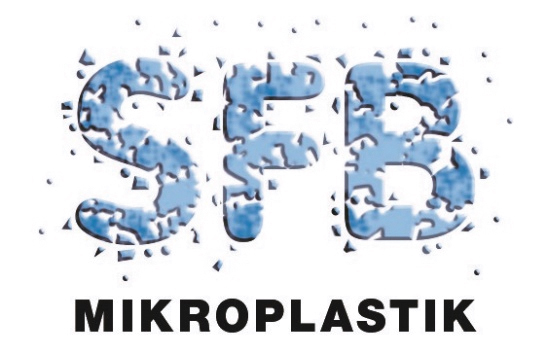News
Neue SFB 1357 Publikation: Völkl (2022) - Pristine and artificially-aged polystyrene microplastic particles differ in regard to cellular response
05.08.2022

Herzlichen Glückwunsch an die Teams A05, C01, Z02, Z01: Matthias Völkl; Valérie Jérôme; Alfons Weig; Julia Jasinski; Nora Meides; Peter Strohriegl; Thomas Scheibel; Ruth Freitag zu ihrer spannenden neuen Publikation in der Zeitschrift Journal of Hazardous Materials:
"Pristine and artificially-aged polystyrene microplastic particles differ in regard to cellular response"
DOI: https://doi.org/10.1016/j.jhazmat.2022.128955
Abstract: Microplastic particles (MP), arising from the gradual decomposition of plastics in the environment, have been identified as a global problem. Most investigations of MP cytotoxicity use pristine spherical particles available from commercial sources when evaluating their impact on mammalian cells, while only limited data is available for the more relevant “weathered microplastic”. In this study, we exposed murine macrophages to polystyrene MP either after up to 130 days of accelerated ageing or in pristine condition. Weathered and pristine MP were physicochemically characterized, and their cytotoxicity was investigated using biological assays, transcriptome analysis, and metabolic pathways prediction. Whereas the response to pristine MP is mainly dominated by a TNF-α release, sharp-edged weathered MP induce broader adverse cellular reactions. This study stresses the importance of including more realistic test particles (e.g., weathered particles) in combination with a broad range of biological assays when evaluating the potential risk of microplastic exposure.

